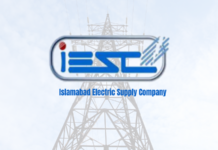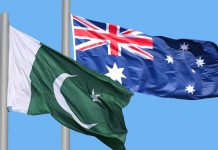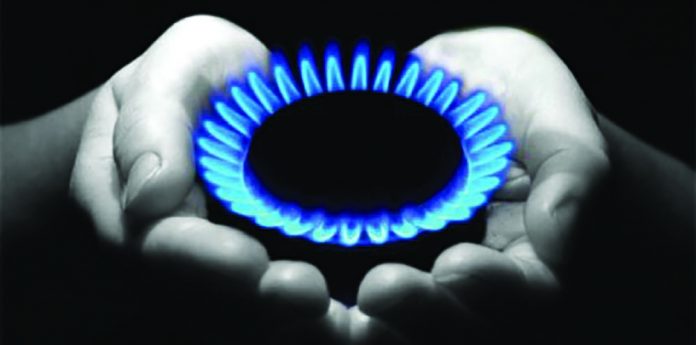Sindh, Balochistan, and Khyber Pakhtunkhwa are facing losses of up to Rs 47 billion on account of gas development surcharges (GDS), due to the freezing of the natural gas price by the federal government over the past few years.
According to sources at the petroleum ministry, the government has allegedly artificially frozen the increase in gas tariff for the past few years to win public sympathies, causing losses of Rs 47 billion to the gas producing provinces of the country (Sindh, Balochistan and Khyber Pukhtunkhwa).
They said the provinces so far could not receive the billion rupees amount under the head GDS, which is currently lying pending with SNGPL. And, on the instructions of the government, the state-owned gas company (SNGPL) is meeting its own deficit with the amount accumulated under head GDS. “SNGPL remained unable to release the amount of GDS to provinces from last one and a half year, only because the government has not increased the sale price of natural gas during the past few years and the amount accumulated under the head GDS has increased to Rs 47bln,” sources said.
The sources said the amounts collected under the head GDS is distributed among the gas producing provinces under a formula. And, as per formula, each province will get its share from GDS in accordance to its percentage of gas production. Out of total gas production of the country, Sindh province produces 60 pc, Balochistan 16 pc, KPK 11pc, and Punjab province produces around 4 to 5pc of the total gas, they added.
Petroleum ministry’s officials, on the condition of anonymity, said that the Sindh province has been facing major financial loss due to no release of GDS from SNGPL to the provinces. The amount of GDS is spent on the development of gas producing areas. And, due to the unreleased GDS amount, rural areas of Sindh are bearing a heavy brunt because of no development, despite being the main gas producing province of the country. They said the government has neither provided subsidy nor advised SNGPL to release the GDS to the province, which has been causing losses to the province.
It is to note here that Ogra has failed in fulfilling its responsibility towards notifying gas price as per Ogra Ordinance. According to its ordinance, Ogra determines average prescribed gas price and if the government does not give advice on sale price within 40 days, it notifies its own determined prescribed price and resultantly gas consumers find one price across the country. However, so far Ogra has not notified gas price to avoid losses to the gas producing provinces of the country.
The Gas Development Surcharge is the difference between prescribed price and sale price of natural gas. SNGPL is entitled to receive the prescribed price for supplying gas to natural gas consumers. However, in the past few years, the sale price of natural gas has not been increased proportionately to the increase in prescribed price, said Managing Director SNGPL.
Raising serious concerns over not increasing the sale price of natural gas proportionately to the increase in prescribed price in past few years, Managing Director SNGPL said, “the presently notified sales prices as per notification dated December 30, 2016, do not cater for the determination of final revenue requirements for financial year (FY) 2013-14, FY 2014-15 and determination of estimated revenue requirements for FY 2015-16.”
Amjad Latif, MD, SNGPL has asked the petroleum ministry to revise the gas price in order to avoid further losses and additional burden on consumers.
State-owned gas utility, SNGPL has also been facing severe financial constraints. Its (SNGPL) cash flow position is dilapidated mainly because of the sale price of natural gas, which has not been increased proportionately to the increase in the prescribed price in the past few years by the incumbent government of PML-N, ostensibly to win public sympathies. The difference in prescribed price and sale price of natural gas has forced the gas utility to bank borrowings, resulting in an increased interest cost. The gas utility has paid Rs5billion markup on the loan it (SNGPL) obtained to run its daily businesses. This heavy markup worth billions will be passed on to gas consumers with the approval of Oil and Gas Regulatory Authority (OGRA).
It is worth mentioning here that the prescribed price is the price which the company (SNGPL) is entitled to receive for supplying gas to each category of natural gas consumer, whereas the sale price is the price actually paid by the end consumers of natural gas. The cash flow of the company is determined by the sale price it charges as per the notified prices for each category of natural gas consumer.
























